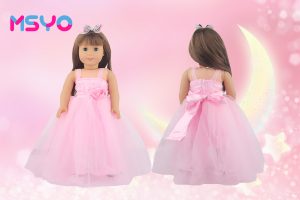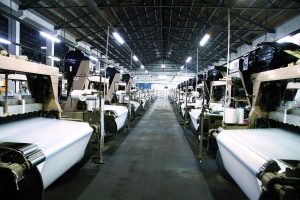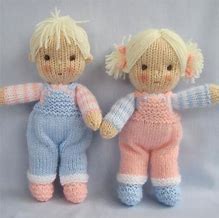In recent years, the toy doll industry has gradually started to adopt the use of Vinyl technology instead of traditional production methods. This is because dolls produced using this technology are lightweight, have a bouncy texture, and are less prone to breakage when dropped. They are easy to play with and carry around, providing more companionship and social interaction beyond being displayed in collection cabinets.
So, what exactly is the Vinyl process?
This article will explain it clearly for you.
To a large extent, people often misunderstand “Vinyl” as a type of material, but that’s not the case! Similar to injection molding, micro-injection, and adhesive dripping, “Vinyl” is actually a technical term referring to a production process. It involves pouring PVC liquid into a rotational molding furnace and uniformly heating it to solidify against the mold edges. The primary raw material used in this process is mostly PVC.
PVC Vinyl is a product process that uses PVC resin, PVC resin is a raw material, and also known as fine powder. PVC resin is a normal metabolic product or secretion of plant tissues, often coexisting with volatile oils in plant secretory cells, resin ducts or canals, especially in the conduits of the heartwood of perennial woody plants. It is composed of a mixture of various components, usually an amorphous solid with a slightly glossy surface. It has hard and brittle texture but some are semi-solid. It is insoluble in water and does not absorb water to expand. When heated, it softens and eventually melts. It produces dense smoke when burned and emits special fragrance or odor. It is the main raw material for manufacturing plastics and also used for making coatings, adhesives, insulation materials, etc.
PVC Resin is a type of toy material that has some flexibility and good characteristics. It is commonly used to make figurines which are generally hollow but can also be solid. The cost may be higher depending on the amount of plasticizer used and the processing method may vary.









